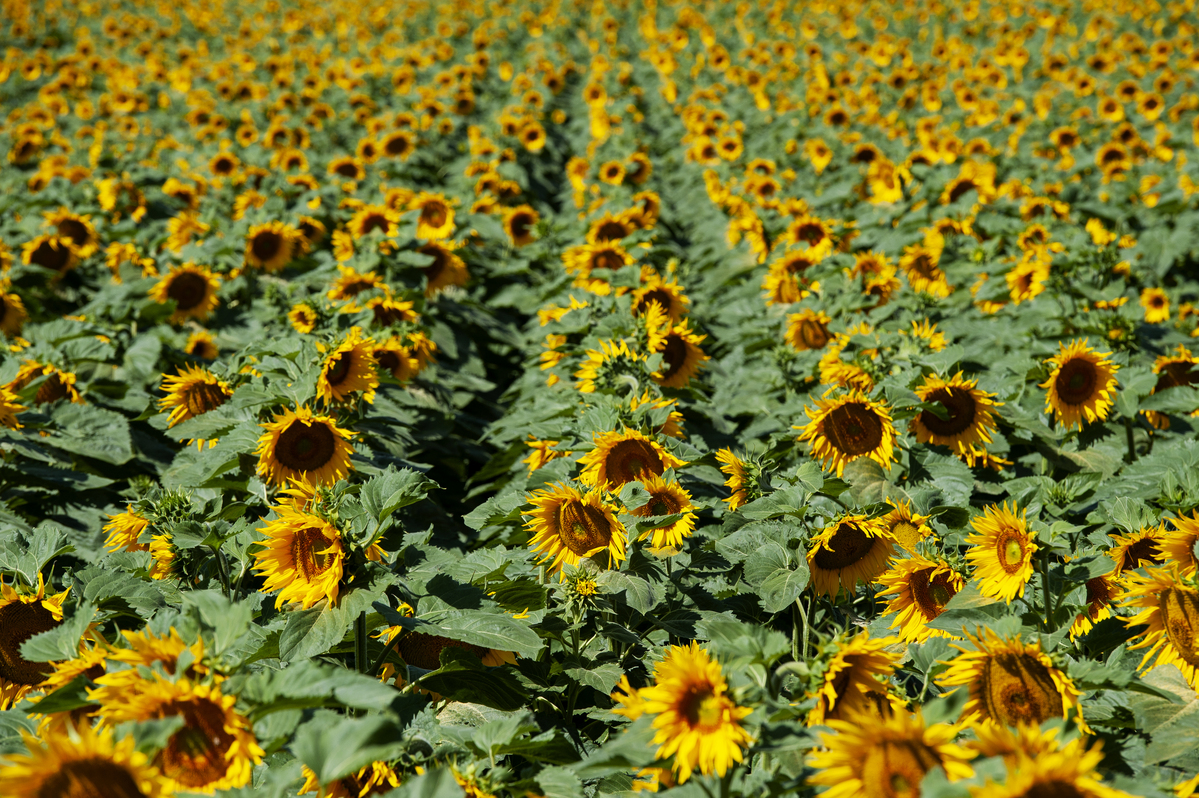The future of the Nature Restoration Law remains uncertain, and the voting intentions of a number of key member states not clear ahead of a final vote on Monday 25 March.
All eyes are on Friday’s 22 March preliminary meeting of ambassadors. Before files like the Nature Restoration Law are put on the agenda for speedy adoption at a ministerial meeting, the Council presidency tests the water with ambassadors on whether 55% of countries accounting for 65% of the population are in favour.
This is usually a formality, particularly when a position has already been agreed with the parliament, but sufficient support from Member States is far from guaranteed for the contentious law.
Background:
In June 2022, the European Commission published its proposal for a Nature Restoration Law. The proposal for a Regulation would have provided legally binding EU nature restoration targets, in particular those that could contribute most to the capture and storage of carbon as well as to the prevention and reduction of the impact of natural disasters. The Nature Restoration Law would require effective restoration measures to be in place on 20% of the EU’s land and sea areas by 2030 and that by 2050, restoration measures address all ecosystems in need of restoration. The measure also contains targets for specific ecosystems, pollinators, birds, urban ecosystems etc. Member States will be required to develop National Restoration Plans taking account of national circumstances.
The proposed binding targets of the Nature Restoration Law were to:
- Reverse the decline of pollinator populations by 2030 and increasing their populations from there on,
- No net loss of green urban spaces by 2030, a 5% increase by 2050, a minimum of 10% tree canopy cover in every European city, town, and suburb, and net gain of green space that is integrated to buildings and infrastructure,
- In agricultural ecosystems, overall increase of biodiversity, and a positive trend for grassland butterflies, farmland birds, organic carbon in cropland mineral soils and high-diversity landscape features on agricultural land,
- Restoration and rewetting of drained peatlands under agricultural use and in peat extraction sites.
- In forest ecosystems, overall increase of biodiversity and a positive trend for forest connectivity, deadwood, share of uneven-aged forests, forest birds and stock of organic carbon,
- Restoring marine habitats such as seagrasses or sediment bottoms, and restoring the habitats of iconic marine species such as dolphins and porpoises, sharks and seabirds,
- Removing river barriers so that at least 25,000 km of rivers are turned into free-flowing rivers by 2030.
